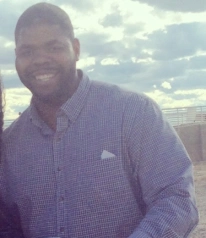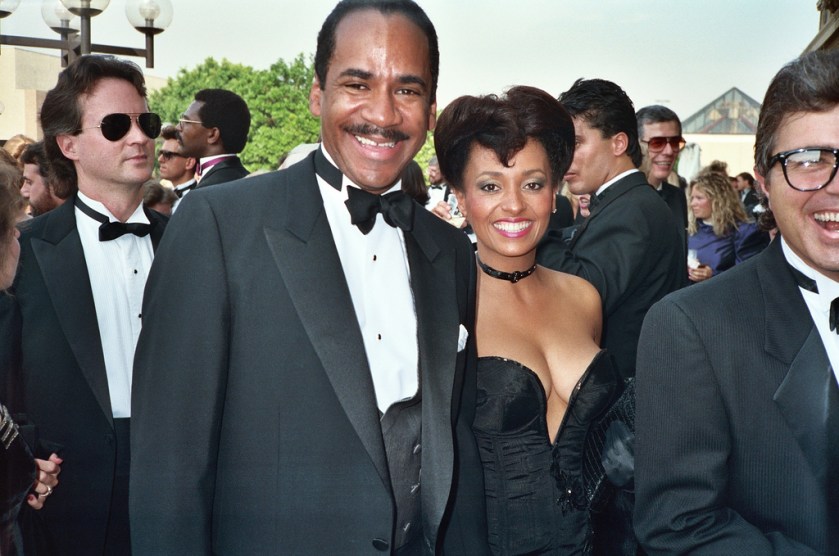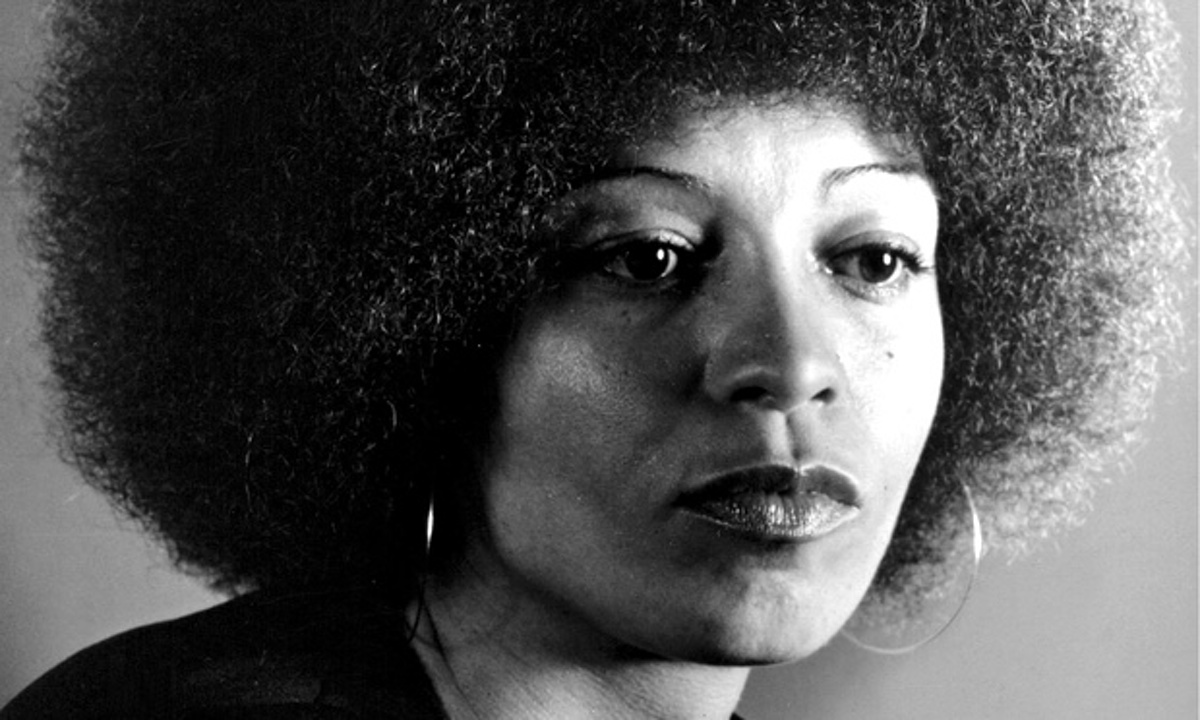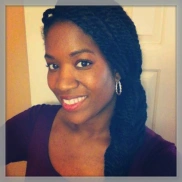Dr. Mae Jemison is a medical doctor, trailblazing astronaut and humanitarian. Her life and career have been full of inspirational moments. Here are 7 must-know facts about this living legend.
1. Before becoming an astronaut, she was engaged in life saving work with the Peace Corps.
In 1977, Jemison, a Decatur, Alabama native, graduated from Stanford University with dual degrees in Chemical Engineering and African and Afro-American Studies. She went on to receive her doctorate in medicine from Cornell University in 1981. After briefly practicing medicine, Dr. Jemison served in the Peace Corps from 1983 through 1985. She was the Area Peace Corps Medical Officer for Sierra Leone and Liberia. In this role, she was responsible for managing the delivery system of health care for United States Embassy personnel and Peace Corps personnel. This multi-faceted role entailed providing medical care, overseeing any medical administrative issues, supervision of medical staff, a large pharmacy and a modern laboratory.
During her time in West Africa, Dr. Jemison implemented and participated in research on a Hepatitis B vaccine and a rabies vaccine in partnership with the National Institute of Health and the Center for Disease Control. She taught personal health training classes to local residents, developed health related programming and curriculum for the Peace Corps, and developed guidelines for dealing with public health issues for volunteer job placement sites.

2. She was the first Black woman to be an astronaut with the National Aeronautics and Space Administration (NASA).
Dr. Jemison became one of fifteen applicants selected out of more than 2,000 in the 1987 class of astronauts for NASA. After one year of intensive training, she became the first Black woman to be an astronaut with NASA. On September 12, 1992, Dr. Jemison made history again when aboard the space shuttle “Endeavor” she became the first Black woman (and first woman of color) to go into space. The mission was a joint mission with Japanese astronauts to study the effect of weightlessness on bones, and 42 other experiments relating to life sciences and human adaptations. Her time with NASA lasted six years and her pioneering work continues to inspire generations.
3. She formed the Jemison Group and the BioSentient Corporation to address unique concerns related to science and technology.
After leaving NASA in 1993, Dr. Jemison formed the Jemison Group, an engineering consulting firm located in Texas. The Jemison Group works closely in its education wing with the Dorothy Jemison Foundation for Excellence (founded in honor of her late mother with the help of her brother and sister) to create innovative science curriculum that can be taught in schools. The organization also serves as an engineering consulting firm offering project consultation for mid to large scale projects.
In 2000, Dr. Jemison formed the BioSentient Corporation which is a medical devices and technology services business that designs, develops and brings to market ambulatory equipment which improves performance through physiologic monitoring and self-regulation. She currently serves as President of both companies.
4. She is committed to teaching science to children in honor of her late mother.
Dorothy Jemison, Dr. Mae Jemison’s mother, was an educator in Chicago public schools for almost thirty years. She was dedicated to holding her students to high standards and pushing them to achieve their own personal excellence. After her mother passed away, the Jemison children created the Dorothy Jemison Foundation for Excellence (DJF) to offer curriculum and projects to schools that would encourage students to high levels of achievement through science. Initiatives like “The Earth We Share” (TEWS), an international science camp, and “Shaping the World”, an international essay contest where kids compete by writing about fascinating scientific topics, were sponsored by the DJF in the 1990s and early 2000s. Students and teachers from all over the world, representing countries such as Nigeria, Sweden, Portugal, Hong Kong and several others, participated in training offered by the DJF and learned new methods of teaching science to children.
In 2006, the DJF created a program in Chicago called “Reality Leads Fantasy: Celebrating Woman of Color in Flight” that educated the public on important woman of color who were involved in aviation and the study of space throughout the world. In 2011, the DJF sponsored the “TEWS-Space Race” which was focused on improving the scientific education and accomplishments of students in Los Angeles who came from poor and underserved communities.
5. She appeared on an episode of “Star Trek: The Next Generation.”
In 1993 Dr. Jemison appeared in an episode of the sixth season of “Star Trek: The Next Generation” entitled “Second Chances.” In the episode she played Lieutenant Junior Grade Palmer. Actor LeVar Burton directed the episode and requested her appearance. It was the first time an actual astronaut appeared on “Star Trek.” Dr. Jemison is a huge “Star Trek” fan and was always inspired by the actress Nichelle Nichols who played “Lieutenant Uhura” on the original series.

6. She is working towards ensuring human travel to another solar system within a century.
Dr. Jemison is a principal in the 100 Year Starship, an organization dedicated to ensuring the facilities exist for a successful human journey to another star by the year 2112. She believes space exploration, and the experimentation associated with it, lead to major advances in invention and quality of life on Earth. By having the scientific and business community pursuing this goal, the organization argues that life on Earth can be dramatically improved for all people.
The organization was started in 2011 with a joint grant from the United States Defense Advance Research Projects Agency (DARPA) and NASA. Dr. Jemison points out that the ultimate goal is not to have a human go to another star in the next century, but to have the world commit to the goal with investment, scientific endeavor, and civic participation to make interstellar travel a legitimate possibility.
7. She has two schools named in her honor.
On Tuesday, August 2, 2016, the Dr. Mae Jemison High School was dedicated in Huntsville, Alabama, her home state. The school features high tech facilities such as a 3-D titanium printer that allows students to practice skills for advanced manufacturing. There is also a component to teach the newest forms of the growing field of cybersecurity. Dr. Jemison cut the ribbon and gave a speech during the dedication of the school. With the advanced facilities, students will be able to complete up to 60 hours of college credit while still attending high school. The first school named after Dr. Jemison is the Mae C. Jemison Academy, which is an alternative public school in Detroit, Michigan that was dedicated in 1992.
—
100 Year Starship, https://100yss.org/
The Dorothy Jemison Foundation, http://www.jemisonfoundation.org/dorothy.htm
http://www.space.com/17169-mae-jemison-biography.html
http://www.jsc.nasa.gov/Bios/htmlbios/jemison-mc.html
http://memory-alpha.wikia.com/wiki/Palmer_(Lieutenant_JG)
***
About The Author
Rick McCray is a ma rried father of three amazing sons. He is also a proud graduate of Duke University where he holds a BA in History and African/African American History, and Howard University School of Law. He is also a regular commentator on the In The Black podcast. Rick is passionate about our history and helping to educate our community concerning the great contributions of people of color to the world. You can find Rick on Twitter @RealRickMcCray.
rried father of three amazing sons. He is also a proud graduate of Duke University where he holds a BA in History and African/African American History, and Howard University School of Law. He is also a regular commentator on the In The Black podcast. Rick is passionate about our history and helping to educate our community concerning the great contributions of people of color to the world. You can find Rick on Twitter @RealRickMcCray.









 attorney by day and writer all the time. Her work has been featured on
attorney by day and writer all the time. Her work has been featured on 